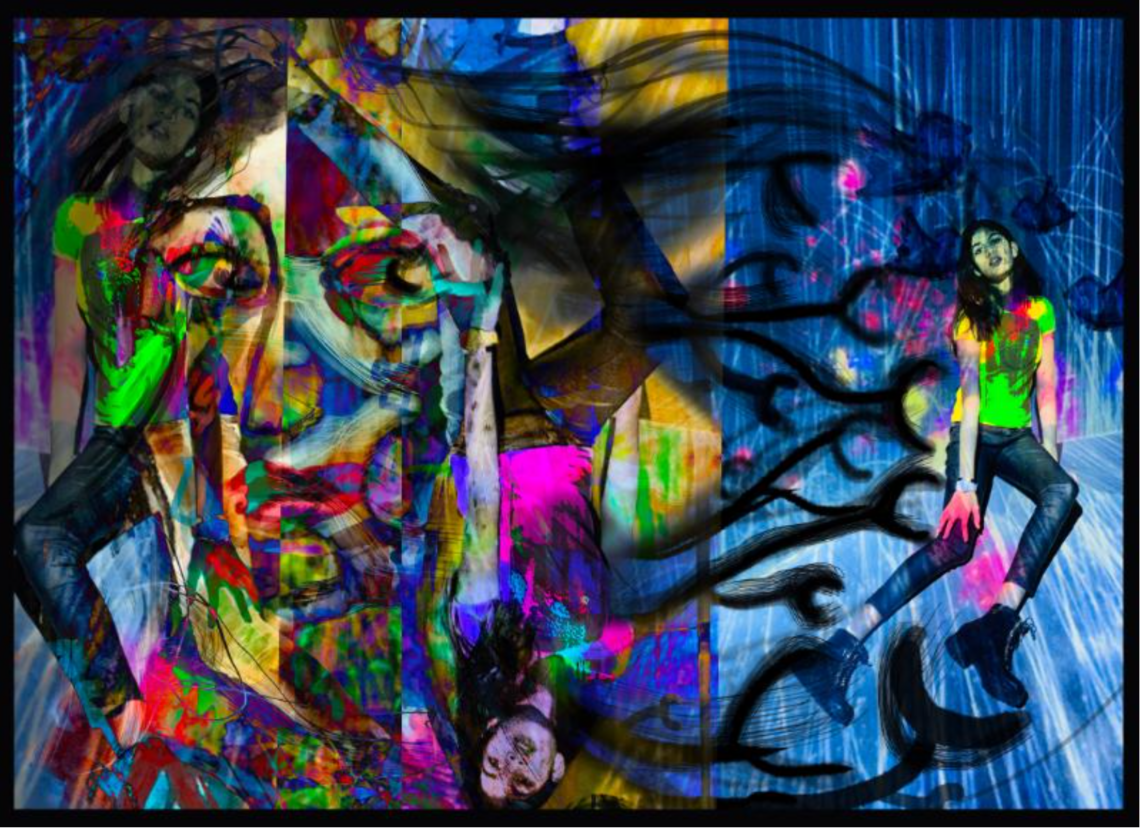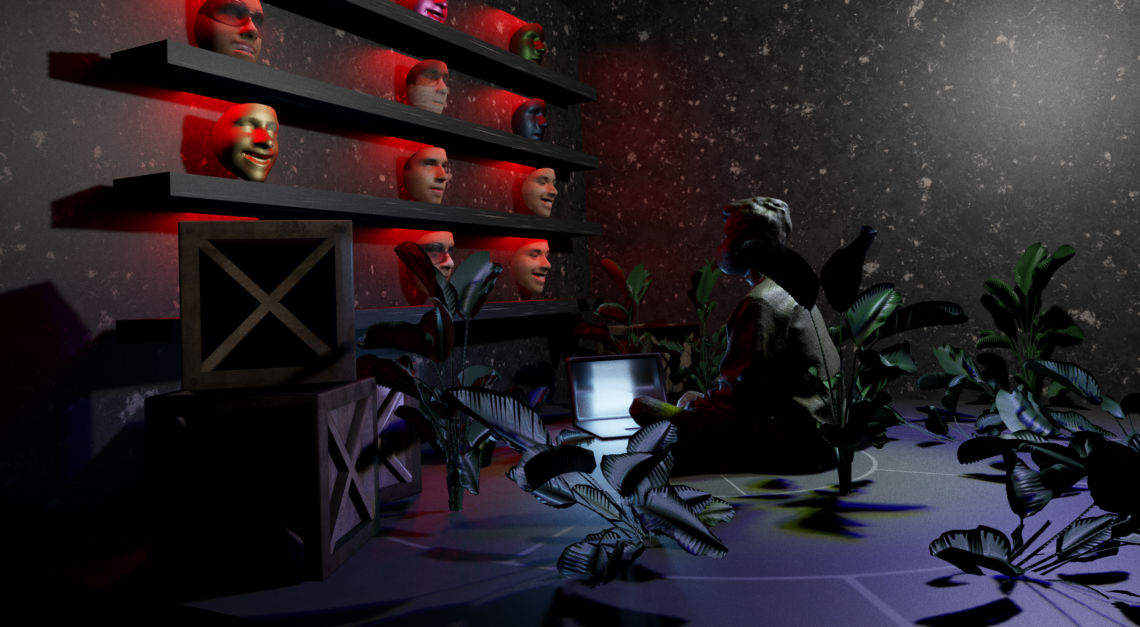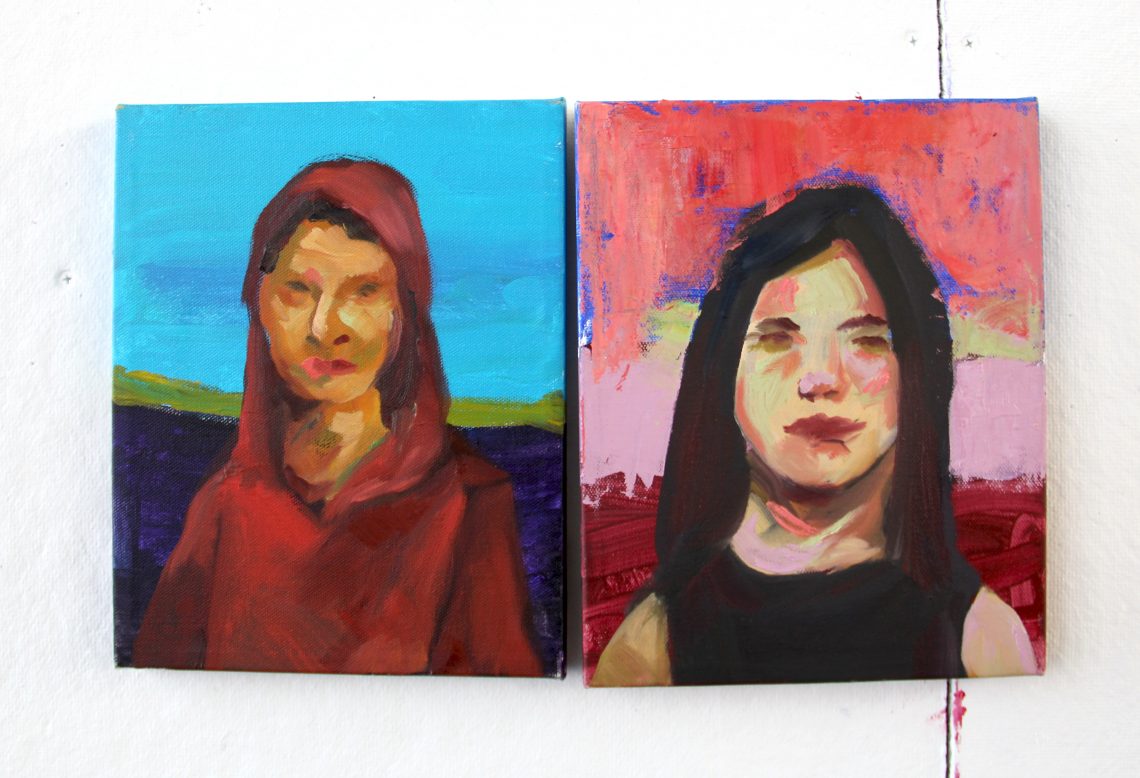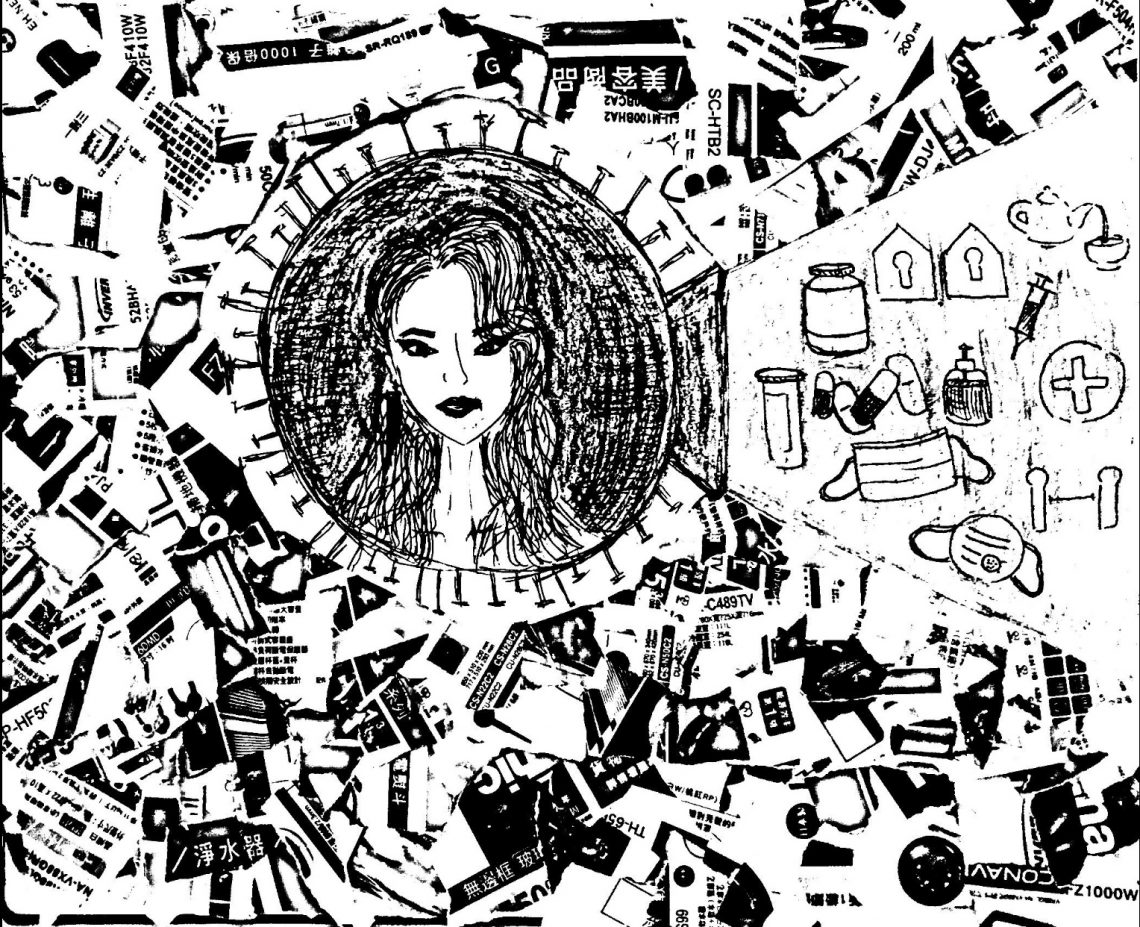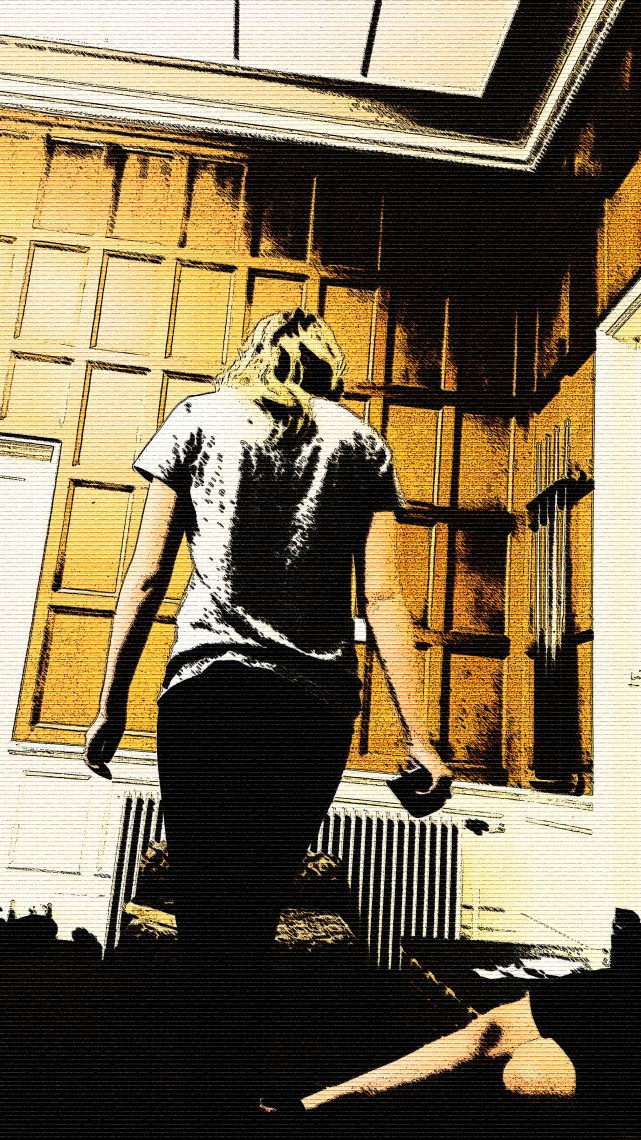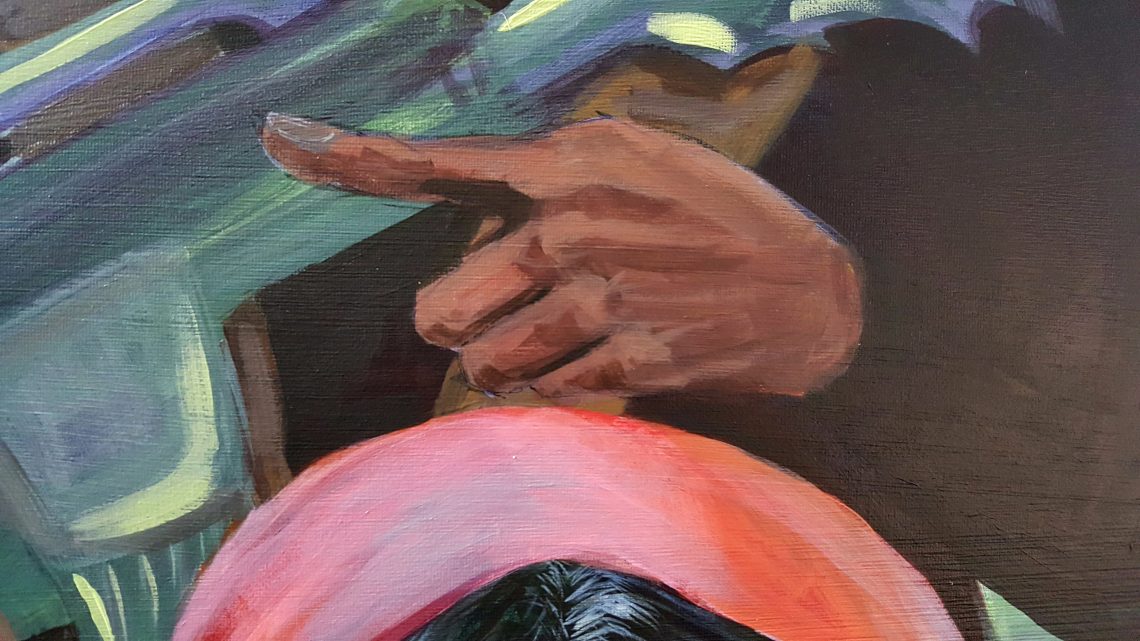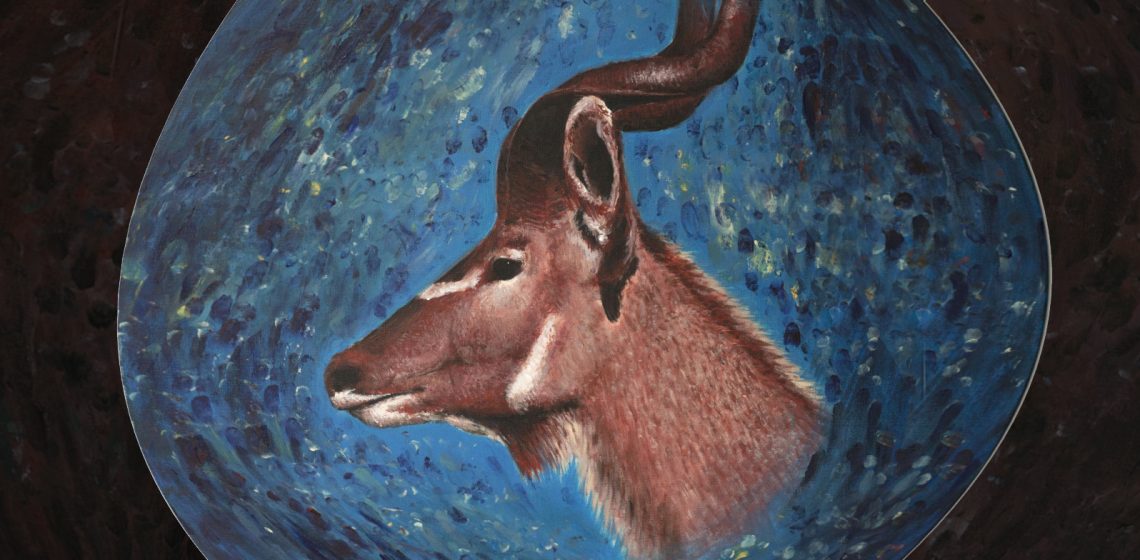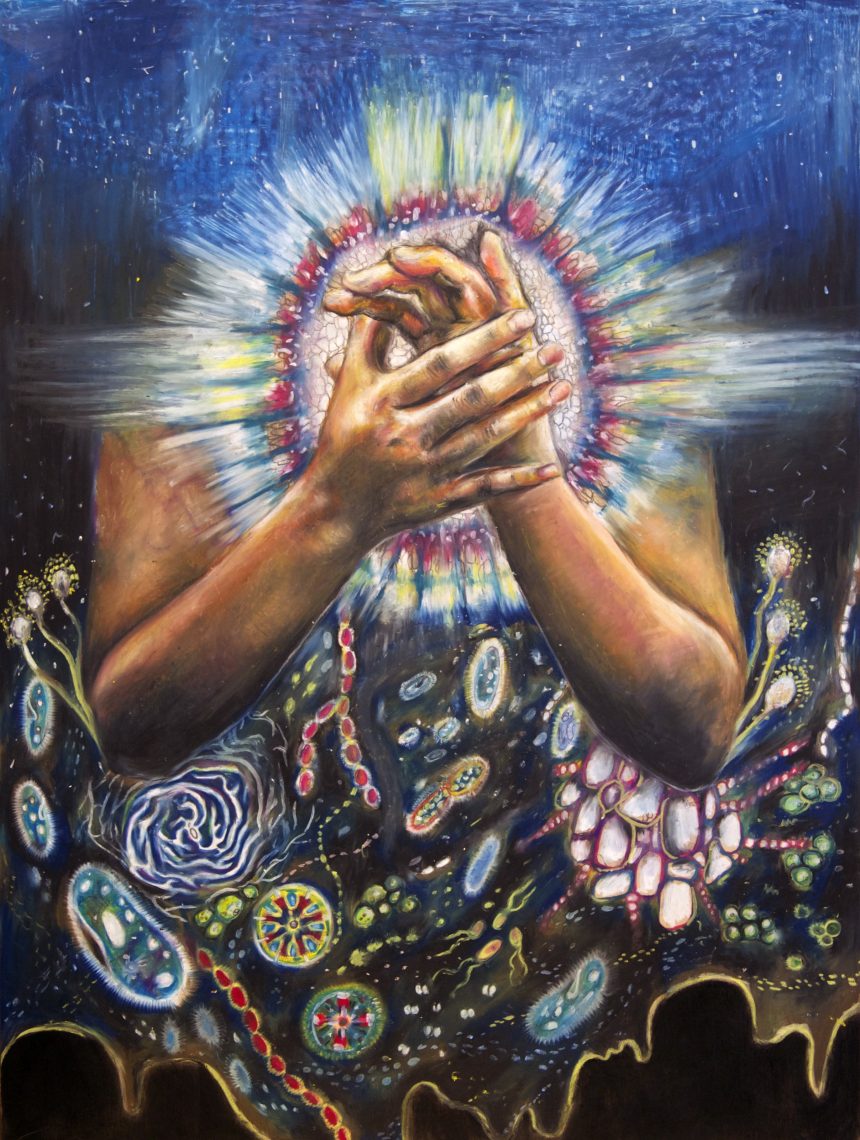
Photo by Valerie Oliveiro
The DemoStanford performance reimagines Doug Engelbart’s historic computer demonstration in a new multimedia work
The Demo, which will be performed at Bing Concert Hall in April, examines the life and work of tech visionary Douglas Engelbart. Several free events in March and April will complement the performance.
Stanford Live’s world premiere of The Demo on April 1 and 2 at Bing Concert Hall reflects on a pivotal moment in Silicon Valley’s history with one of its most influential figures.
Douglas Engelbart’s egalitarian vision for how technology could expand human intelligence set the world on its head and, ultimately, led to many of the tools that we now take for granted in our daily lives. His 1968 demonstration of the fundamental features of personal computing and his life’s undertaking are now reimagined as a technology-infused stage work – a unique hybrid of music, media and demonstration – by composer-performers Mikel Rouseand Ben Neill, directed by Bob McGrath.
For Stanford Live Executive Director Wiley Hausam, having the premiere of The Demo is especially meaningful. “President Obama’s recent visit to campus was made all the more exciting to me by his reference to Doug Engelbart and his historic 1968 demonstration of the elements of personal computing and networking,” says Hausam. “It confirmed for me the significance of this world premiere at Bing. It’s thrilling!”
Hausam and other campus partners have organized an array of classes, lectures and discussions around The Demo as part of a new Live Context series. On Thursday, March 12, at 5 p.m. in Green Library, computer science Professor James Landay will give a free public talk titled “Enhancing Humanity with Technology.” On April 2 at 5 p.m. in Bing Concert Hall, Stanford computer scientist Sebastian Thrun and computer philosophy writer and classical music composer Jaron Lanier will participate in a discussion moderated by Henry Lowood, curator for history of science and technology at Stanford University Libraries, who published an oral history interview with Engelbart. In addition, a closing panel discussion at noon on April 3 in the Bing Concert Hall Studio will address digital technology and live performance.
Engelbart’s legacy
Long before the giants of the personal computer era emerged in the mainstream, Engelbart and his team of researchers (including Stanford alum and future computing legend William English) at the Augmentation Research Center at Stanford Research Institute (now SRI International) in Menlo Park presented a 90-minute live public demonstration titled “A Research Center for Augmenting Human Intellect.”
“Doug brought us a new way of thinking about computers,” says Lowood. “It’s less about computers as technology than about how human beings would use computers to work and think better with other human beings.”
What become known as “the mother of all demos,” Engelbart’s presentation was the public debut of the computer mouse as well as hypertext, dynamic file linking, shared-screen collaboration and other interfacing applications that have shaped modern technology. This demonstration was filmed, and the resulting video is now part of the Douglas C. Engelbart Collection, which is a holding of the Stanford Silicon Valley Archives at Stanford University Libraries.
Set simultaneously in the 1960s and today – with Rouse portraying Engelbart and Neill playing English – The Demo includes re-enactments of the demonstration, video projections, computer-based voice processing and triggering, and Neill’s interactive electro-acoustic instrument, the “mutantrumpet,” a hybrid electro-acoustic instrument. Rouse and Neill employ a modern sonic palette with a score that marries electronica with operatic flourishes and minimalist vocal techniques. The typed text of the original demo serves as the libretto for the vocals and showcases Rouse’s own technique of “counter-poetry,” in which voices are latticed in intricate, echoing and rhythmic patterns.






